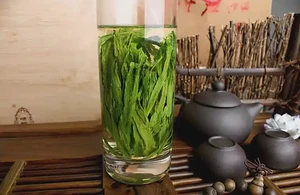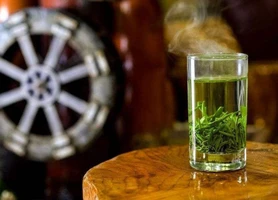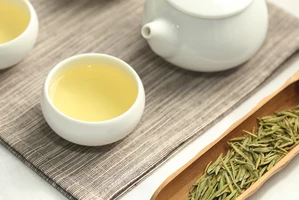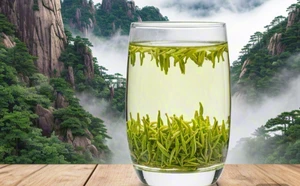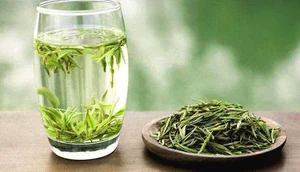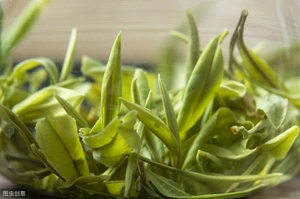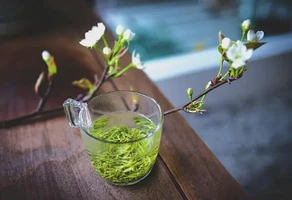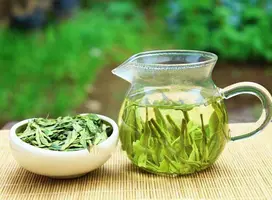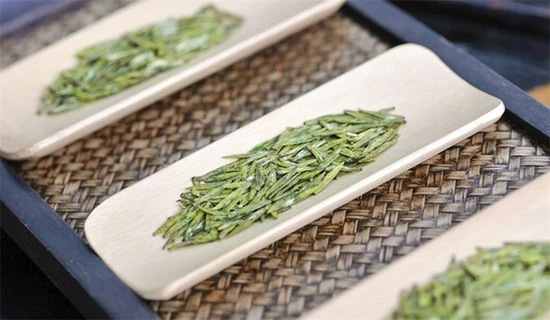Historical Origins of Chinese Green Tea
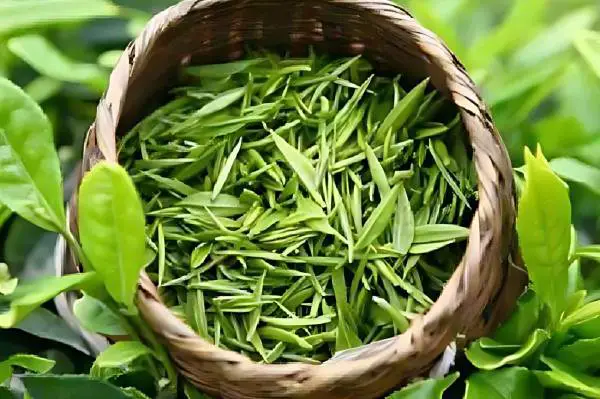
Ancient Beginnings
China is the birthplace of tea and green tea. According to legend, Emperor Shen Nong discovered tea around 2737 BCE when leaves accidentally fell into his boiling water. Initially used as medicine, tea gradually became a daily beverage.
During the Tang Dynasty (618-907 CE), Lu Yu wrote "The Classic of Tea" (茶经), the world's first comprehensive treatise on tea cultivation, processing, and preparation. This work established the foundation of Chinese tea culture and standardized green tea production methods.
The Song Dynasty (960-1279 CE) saw tea culture reach its zenith, with the development of powdered tea ceremonies. By the Ming Dynasty (1368-1644 CE), pan-firing techniques were perfected, creating the loose-leaf green teas we know today.
"Tea is a beverage of the South, a wonderful tree." — Lu Yu, The Classic of Tea
Timeline of Green Tea Development
2737 BCE
Legendary discovery of tea by Emperor Shen Nong
8th Century
Lu Yu writes "The Classic of Tea," establishing tea standards
Song Dynasty (960-1279)
Tea culture peaks with powdered tea ceremonies
Ming Dynasty (1368-1644)
Pan-firing techniques perfected for loose-leaf green tea
Modern Era
Mechanization and global distribution of Chinese green tea
